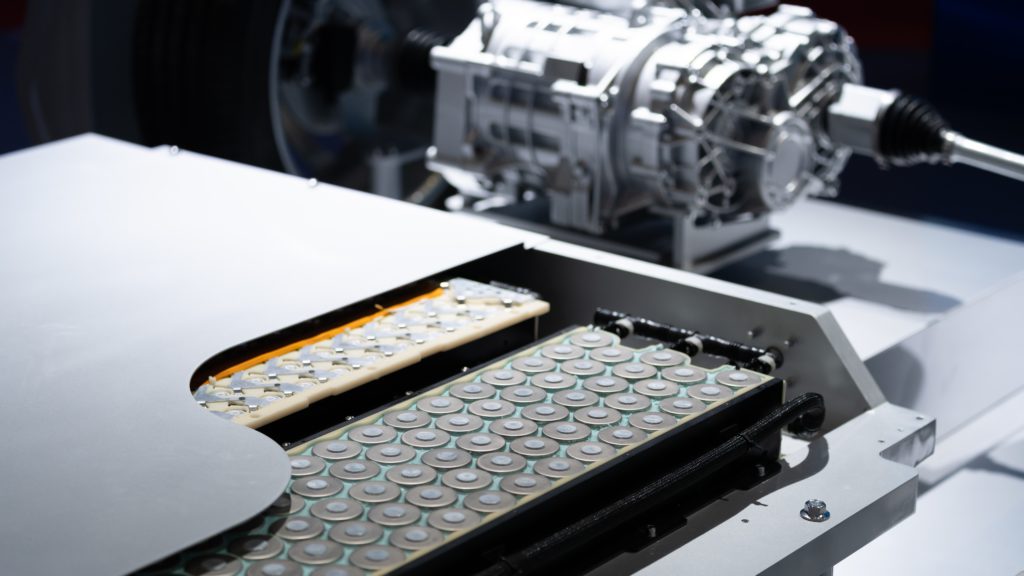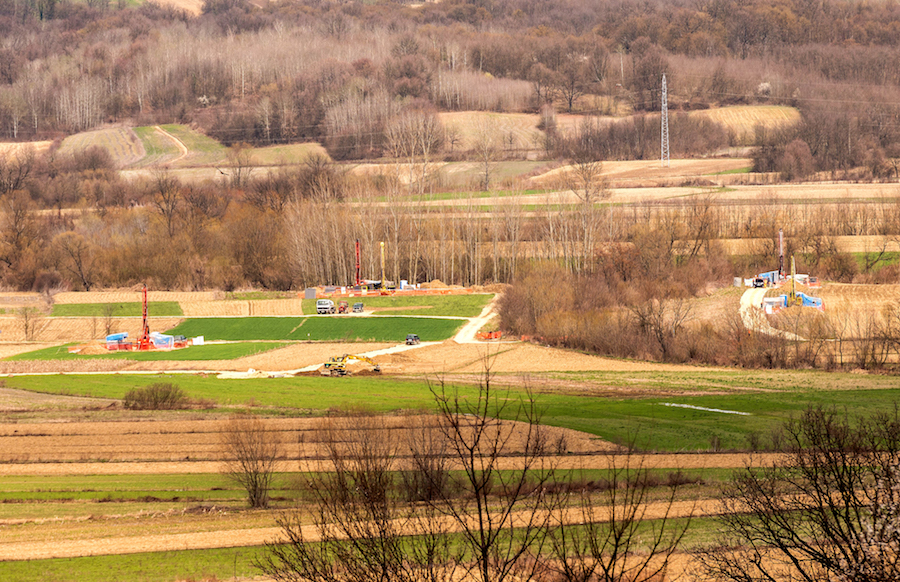Three novel approaches that can revolutionize batteries

Energy storage is at the center of the global low-carbon transition.
The global energy storage market added a record 45 gigawatts of new capacity in 2023, according to an analysis of BloombergNEF. That’s roughly three times the amount tallied for 2022. As more vehicles run on electricity and renewables become more widespread, the need for batteries and hydrogen fuel cells will only grow.
But the rapid expansion of energy storage infrastructure has a cost. The global electric vehicle boom has resulted in a lithium supply shortage since 2022 despite the 180% increase in production compared to 2017. The pressure of mining more minerals for batteries has also threatened some of the world’s largest, most diverse and fragile natural ecosystems.
To deal with this challenge, scientists are scrambling to find new materials that could revolutionize energy storage. Most of those innovations aren’t yet available at a commercial scale, but they are part of an effort to prevent the global clean energy transition from stalling — or creating an environmental crisis of its own.
Here are three examples of the latest scientific discoveries that could clean up the act of energy storage.
Feathery fuel cells
Hydrogen fuel cells provide carbon-free power, but they have a dirty secret. Conventional membranes — a fuel cell component that enables chemical reactions to generate electricity — are composed of a polymer backbone that contains perfluorochemicals (PFCs). PFCs are a type of “forever chemicals” that, as the nickname suggests, can stay in the environment for hundreds, if not thousands of years. They are also linked to a long list of health problems, such as obesity, cancer and fertility issues.
As the world’s demand for hydrogen fuel cells soars, so will the scale of their impacts. That has scientists from Switzerland’s ETH Zurich and Nanyang Technological University in Singapore developing an alternative material using a poultry industry byproduct.
Chicken feathers are 90% keratin, a fibrous protein that can be extracted and converted into a biodegradable membrane that serves as a “drop-in” solution in hydrogen fuel cell production, says Raffaele Mezzenga, a materials scientist at ETH Zurich. It takes 100 grams of chicken feathers to make one square meter of membrane as thick as a human hair. The researchers have used their technology in the laboratory to power an LED lamp, and they are evaluating the performance of the new materials in an industrial setting.
Regulators around the world are cracking down on forever chemicals. The European Union has restricted their use in many consumer products such as cosmetics and food packaging while in the US, government scrutiny has increased.
For now, the performance of keratin-infused membranes lags behind conventional ones, Mezzenga says. But by tapping agricultural waste as the feedstock, the former costs less than half as much to produce, according to a 2023 study by Mezzenga and his co-authors. The scientists expect to gain a greater cost advantage once production scales.
Upcycling chicken feathers also helps tackle an environmental problem facing the global poultry industry. As chicken feathers lack the necessary fluff and length to stuff pillows and jackets, the majority end up in landfills or incinerators, taking up precious land and contributing to global warming.
Batteries made of leftover wine and scrap iron
If you tear apart a lithium-ion battery (not recommended), you’ll almost certainly find graphite. The soft, shiny dark-gray mineral is a dominant material used to create anodes, which facilitate the flow of an electric charge. But mining graphite is bad for both human health and the environment. Purifying the raw materials into battery-grade feedstock is yet another hazard as it involves dangerous chemicals.
To reduce batteries’ reliance on graphite, a group of Australian researchers have created a new anode material by coupling food acids with metal particles such as iron.
“It’s a direct replacement for graphite,” Neeraj Sharma, a professor at the University of New South Wales in Sydney, says of his team’s patented innovation. With feedstocks for the new anode material available from industrial waste, Sharma says their approach — which allows their battery to store twice as much energy as the conventional one — could potentially reduce the overall environmental footprint of EV batteries. That means EV drivers could potentially get the same range from a smaller battery, too.
But to get the product out of the laboratory into the real world, the researchers still have to show the material’s durability and figure out how to scale up the coin-sized battery prototype to a commercial size — a process that will take years.
Molecules that make a battery alternative
At a Northwestern University laboratory in the US, scientists have engineered a new type of molecule that can self-assemble in water. The final outcome, according to the scientists, is a novel material that could be charged just like a battery.
That’s because the new material is ferroelectric, a characteristic that allows it to store electrical energy when exposed to a voltage, says Samuel Stupp, a Northwestern professor who is leading the research.
Since ferroelectrics were first discovered in 1920, they have been widely used for energy storage. But conventional ferroelectric materials often contain rare or toxic metals. That’s not the case for the material developed at Northwestern, which Stupp says carries a much smaller environmental footprint.
Half of the molecules are made from amino acids, which are widely found in proteins and can be extracted from food waste, according to Stupp. While the other half are made from petroleum, they are not as difficult to decompose as most petroleum-based products such as plastics are. “It is potentially biodegradable,” Stupp says.
As the material is both flexible and capable of operating under low voltage, Stupp says it could be used as a power source for wearable devices or even go into the fabric for clothing.
(By Coco Liu)
{{ commodity.name }}
{{ post.title }}
{{ post.date }}

Comments